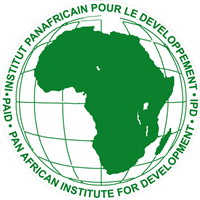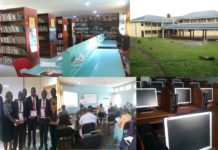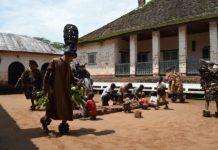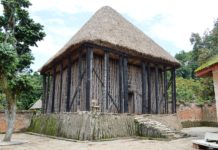The village study was conducted in Bawum Bafut Sub-division in the Northwest Region of Cameroon. It was in partial fulfillment for the award of a Diploma in Development Studies.
The study requires the team to hire and work within the community so as to identify the problems and potentials in the community. After identifying and prioritizing the Core problems, possible solutions were worked out to solve one or two of the problems based on the economic potential of the community.
The team utilized their knowledge and skills during the study and the fact that it was comprised of members from different disciplines, the assigned tasks was accomplished within the stipulated time frame.
Bawum, situated in Bafut Sub-division in the North West Region of Cameroon is divided into 2 zones, lower and upper Bawum. Lower Bawum is characterized by the presence of that land and high site fertility. Upper Bawum is hilly, stony and undulating with streams and valleys. The community is administered by a chief known as the “Mukwifor”.
Bawum disputes its locations is blessed with some social and touristics amenities like secondary and primary schools, health post, SABOGA and Niba Albert foundation, which make life conducive to the people and even to visitors who come into Bawum.
The team used various participatory rural appraisal (PRA) tools such as semi-structures interview, interviews discussion observation, transect and village walks etc, to collect the required data. This helps identified real problems affecting the people. The problem were prioritized and ranked in order of importance.
Based on this the team in collaboration with the community identified inadequate supply of potable water and difficulty to access farm inputs as the most severe problems. As a result, an SDP on the rehabilitation of the water scheme and formation of family groups was developed. It helped that at the end of this SDP socio-economic development would be enhanced especially in household income.










